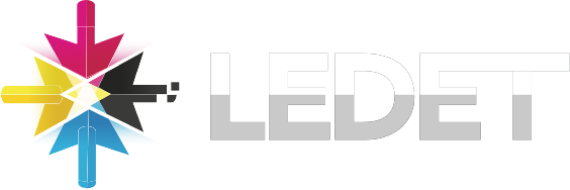Module 1: Introduction to Self-Service BI SolutionsIntroduces business intelligence (BI) and how to self-serve with BI.Lessons
- Introduction to business intelligence
- Introduction to data analysis
- Introduction to data visualization
- Overview of self-service BI
- Considerations for self-service BI
- Microsoft tools for self-service BI
Lab : Exploring an Enterprise BI solution
- Viewing reports
- Creating a Power BI report
- Creating a Power BI dashboard
After completing this module, students will be able to:
- Describe the trends in BI
- Describe the process of data analysis in Power BI.
- Use the key visualizations in Power BI.
- Describe the rationale for self-service BI.
- Describe considerations for self-service BI.
- Understand how you can use Microsoft products to implement a BI solution.
Module 2: Introducing Power BI This module introduces Power BI desktop, and explores the features that enable the rapid creation and publication of sophisticated data visualizations.Lessons
- Power BI
- The Power BI service
Lab : Creating a Power BI dashboard
- Connecting to Power BI data
- Create a Power BI dashboard
After completing this module, students will be able to:
- Develop reports using the Power BI Desktop app.
- Use report items to create dashboards on the Power BI portal.
- Understand the components of the Power BI service including licensing and tenant management.
Module 3: Power BI At the end of this module students will be able to explain the rationale and advantages of using Power BI.Lessons
- Using Excel as a data source for Power BI
- The Power BI data model
- Using databases as a data source for Power BI
- The Power BI service
Lab : Importing data into Power BI
- Importing Excel files into Power BI
- Viewing reports from Excel files
After completing this module, students will be able to:
- Describe the data model and know how to optimize data within the model.
- Connect to Excel files and import data
- Use on-premises and cloud Microsoft SQL Server databases as a data source, along with the R script data connector
- Take advantage of the features of the Power BI service by using Q&A to ask questions in natural query language, and create content packs and groups.
Module 4: Shaping and Combining DataWith Power BI desktop you can shape and combine data with powerful, buil-in tools. This module introduces the tools that are available for preparing your data, and transforming it into a form ready for reporting.Lessons
- Power BI desktop queries
- Shaping data
- Combining data
Lab : Shaping and combining data
- Shape power BI data
- Combine Power BI data
After completing this module, students will be able to:
- Perform a range of query editing skills in Power BI
- Shape data, using formatting and transformations.
- Combine data together from tables in your dataset.
Module 5: Modeling dataThis module describes how to shape and enhance data.Lessons
- Relationships
- DAX queries
- Calculations and measures
Lab : Modeling Data
- Create relationships
- Calculations
After completing this module, students will be able to:
- Describe relationships between data tables.
- Understand the DAX syntax, and use DAX functions to enhance your dataset.
- Create calculated columns, calculated tables and measures.
Module 6: Interactive Data VisualizationsThis module describes how to create and manage interactive data visualizations.Lessons
- Creating Power BI reports
- Managing a Power BI solution
Lab : Creating a Power BI report
- Connecting to Power BI data
- Building Power BI reports
- Creating a Power BI dashboard
After completing this module, students will be able to:
- Use Power Bi desktop to create interactive data visualizations.
- Manage a power BI solution.
Module 7: Direct ConnectivityThis module describes various connectivity options using Power BI.Lessons
- Cloud data
- Connecting to analysis services
Lab : Direct Connectivity
- Direct connectivity from Power BI desktop
- Direct connectivity from the Power BI service
After completing this module, students will be able to:
- Use Power BI direct connectivity to access data in Azure SQL data warehouse, in addition to big data sources such as Hadoop
- Use Power BI with SQL Server Analysis Services data, including Analysis services modles running in multidimentional mode.
Module 8: The Developer APIThis module describes the developer API within Power BI.Lessons
- The developer API
- Custom visuals
Lab : Using the developer API
After completing this module, students will be able to:
- Describe the developer API.
- Use the developer API to create custom visuals.
Module 9: Power BI mobile appThis module describes the Power BI mobile app.Lessons
- Power BI mobile apps
- Using the Power BI mobile app
- Power BI embedded
After completing this module, students will be able to:
- Describe the Power BI mobile app.
- Download and use the Power BI mobile app.
- Describe Power BI embedded and when you would want to use it.












